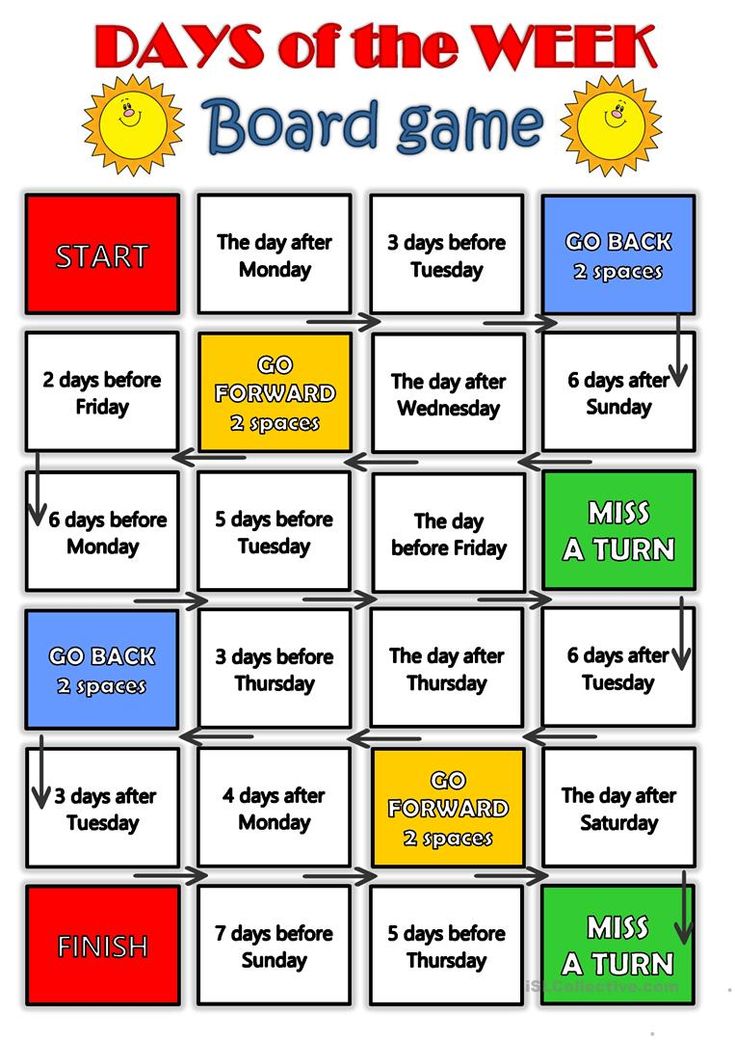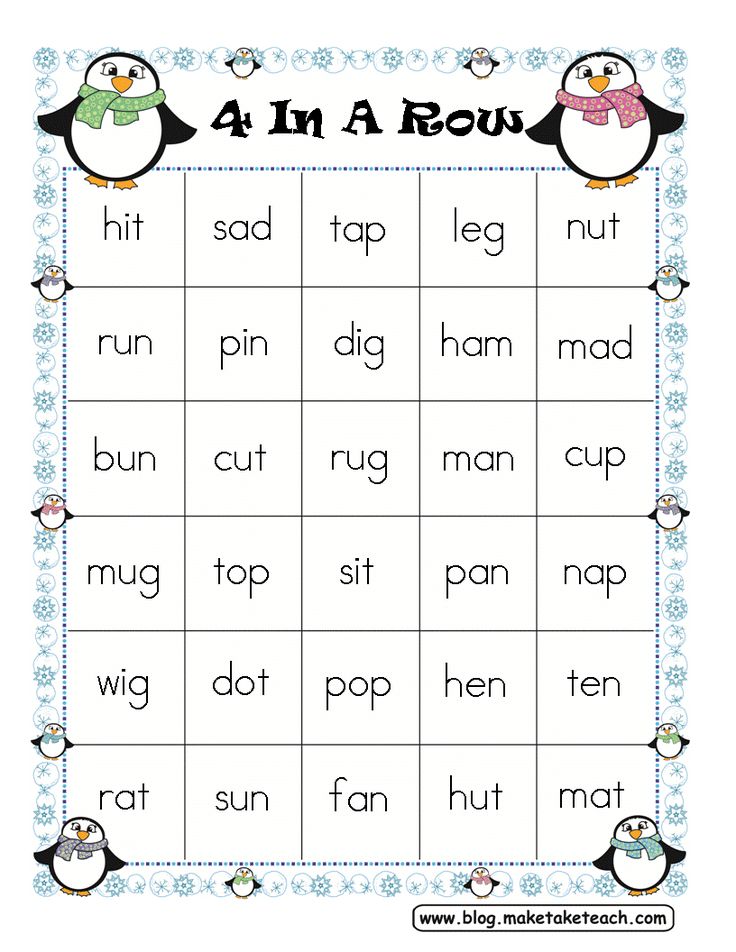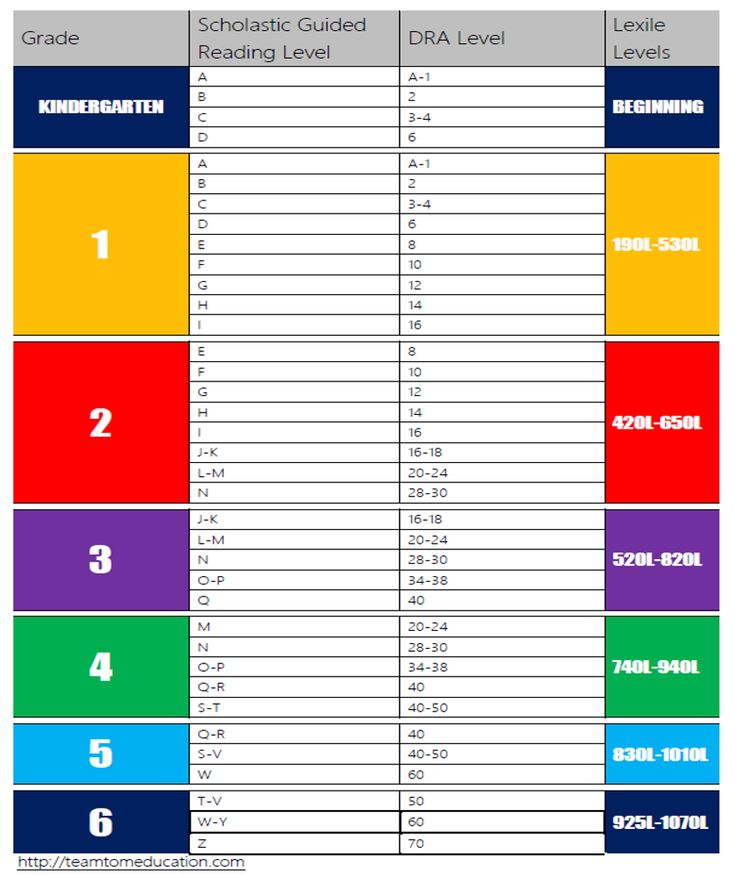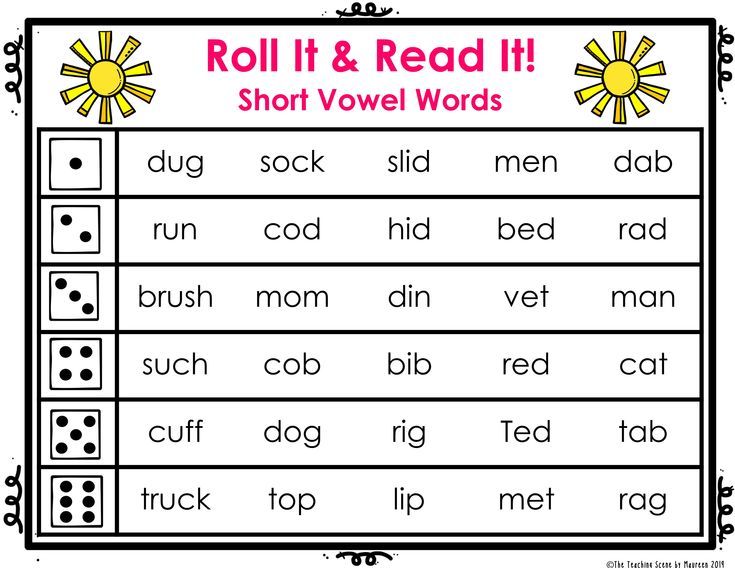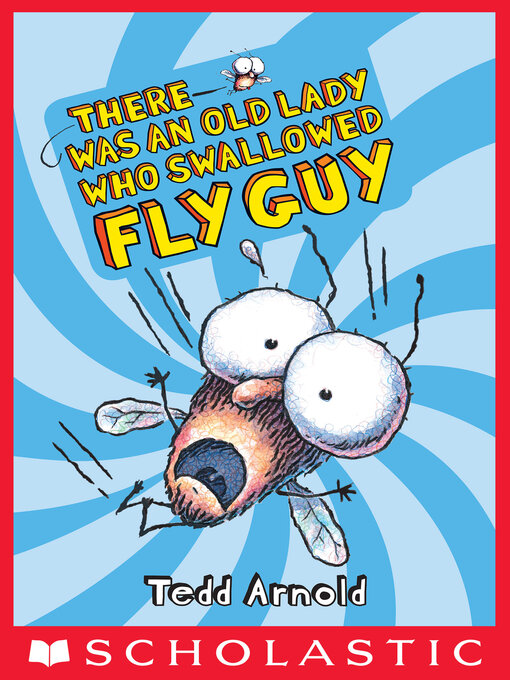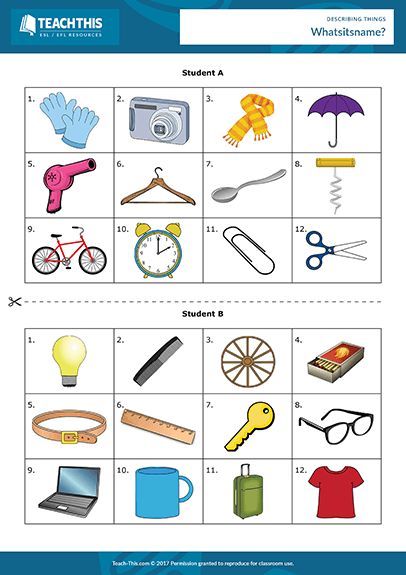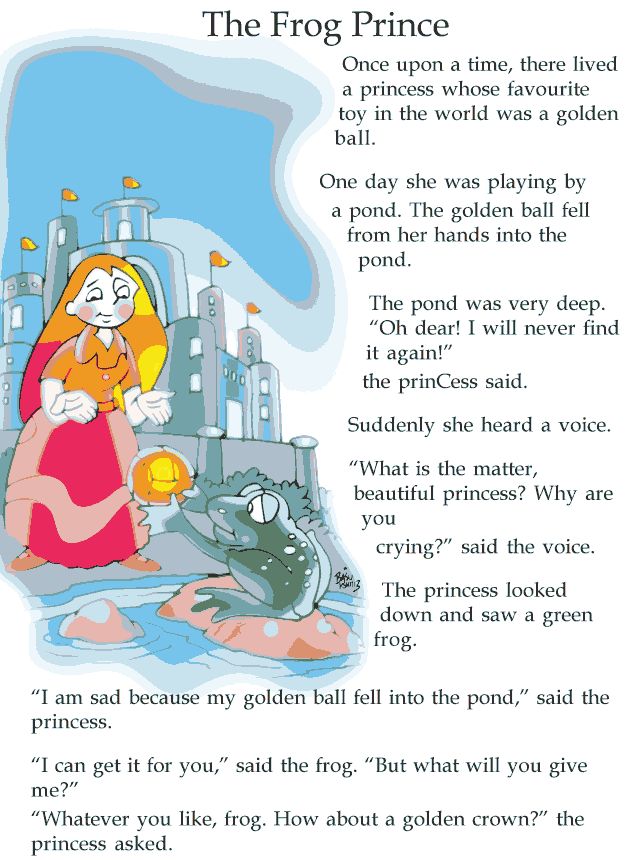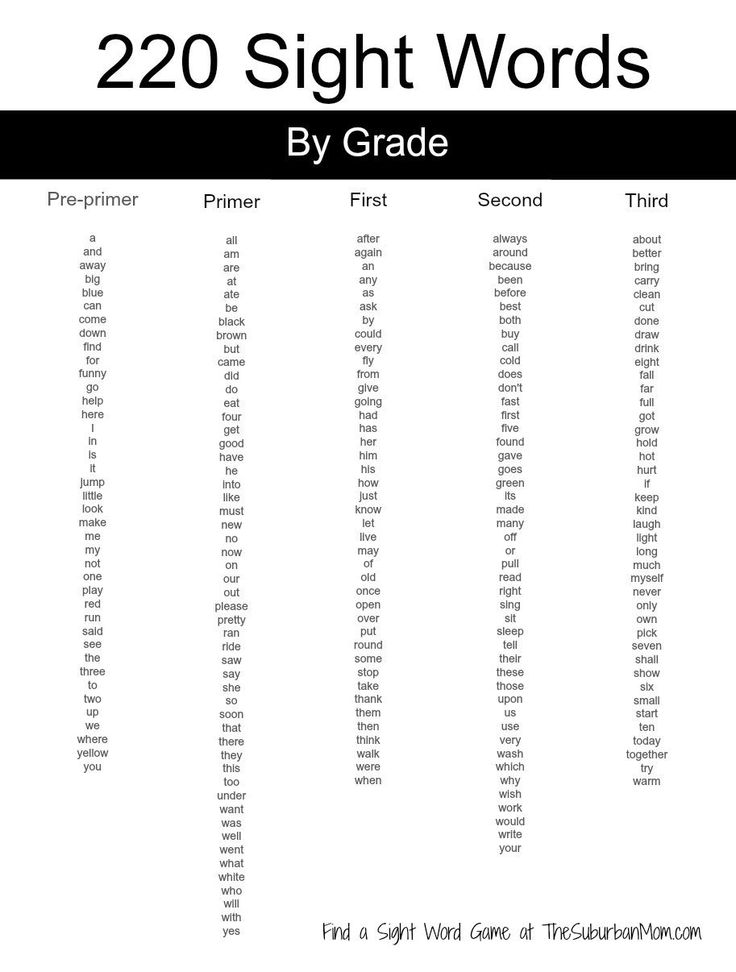French reading games for kids
12 games to learn French free online @ French games
There are 12 French games designed to be easy and fun to play (and learn from!) with over 100 different topics. These online games are offered as part of a package of French learning activities for beginners which also includes simple French lessons and tests.
The games we currently offer to help your French learning are listed below and include Duck shoot, Pong and Pelmanism.
All our games are free to play and can be used with any of our free French topics. Most of the games are based on matching pictures to written or spoken French vocabulary and short sentences. You should probably complete the lesson for a topic before you play the games so that you can familiarize yourself with the vocabulary for each picture.
Most of the games are self-explanatory but we would like to tell you more about our adventure game, "The beetle and the bee". In this game you use your arrow keys to control a beetle which is trying to collect strawberries whilst avoiding some angry, stinging bees.
The bees take some life each time they sting you, and you must also navigate around lots of obstacles to reach each strawberry which is also moving about. There are 10 screens to complete. Each time you hit a strawberry you have to answer a question in order to keep it... it's a good game for making you forget that you are learning at all!
Hangman is another fun game - you know the format, but you should check out our implementation - we think it is rather nice.
All the games come with an info box (like this one) and a help box that can be accessed using the info and help signs respectively on the far left of the interface.
All our games are available online and are free to use with all our topics - that is over 1000 vital items of French that are at the core of any beginning French course. Our games are accompanied by French lessons and tests to provide a vital free resource for French learners with limited (or no) budget. The details for each game are given on their own pages.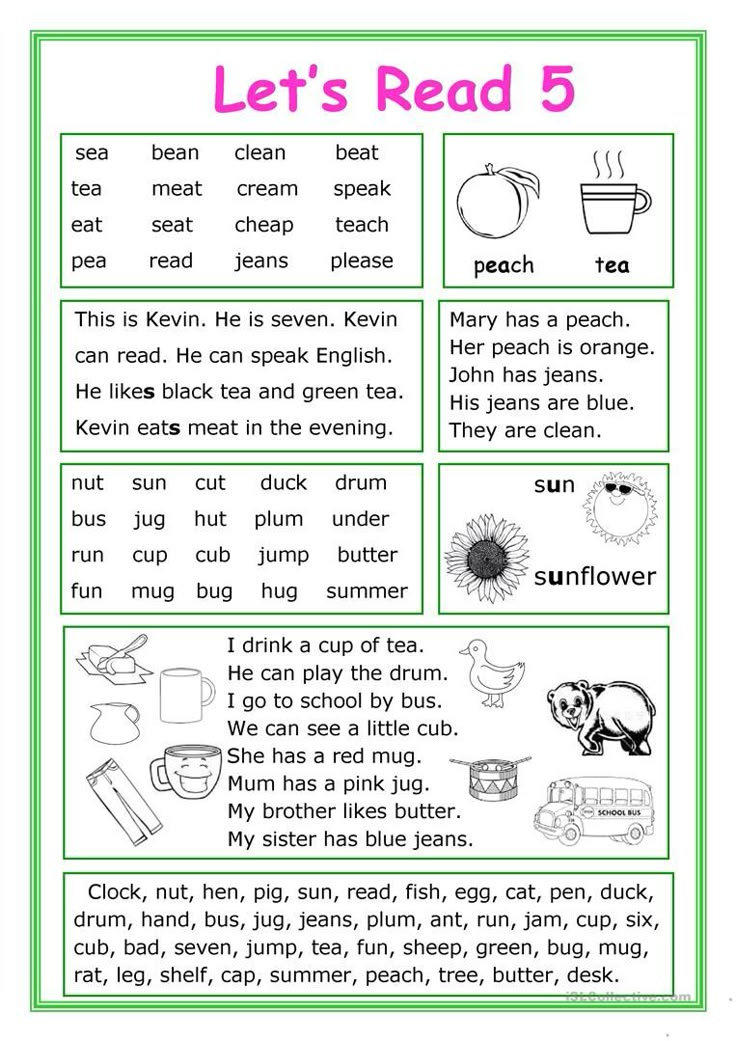
back to top
How to use our French Games
Click on the name of a game to go to that game page with the topic you have selected. On the game page there are instructions on how to play the game in addition to a chance to change the topic you want to play with.
All our French games are quick to play and easy to understand. You need to have seen the language you are going to play with before you play the games, either at school or using our own French lessons. There is help available for all games by clicking the question mark button on the left of the interface.
Four in a row
Win 4 cells in a row by matching the cell's picture to the correct item of vocabulary in the list. A quick game you can work through in a minute - also good for hearing the audio for all the vocabulary in the topic.
PLAY
The frog flies
Use your keyboard arrow keys or tap your tablet screen to control the frog and catch the flies. Avoid the birds! Answer the questions to win points - you have 5 seconds only... Scoring is based on speed and the number of correct answers. Fast game, can be paused!
Avoid the birds! Answer the questions to win points - you have 5 seconds only... Scoring is based on speed and the number of correct answers. Fast game, can be paused!
PLAY
Duck shoot
Use the catapult to fire balls at the rows of ducks crossing the screen. Answer questions to win extra points.Your final score is based on ducks hit or missed and the number of questions answered correctly. This is not a timed game.
PLAY
Sow grow
Test your audio skills by clicking on the right picture for the spoken language - correct answers win sunflowers; the aim of the game is to fill the vase with pretty flowers - high scores leaderboard and bonus points available. Listen carefully!
PLAY
Pong
This is our version of the classic early computer game "Breakout" (itself a development of the even earlier "Pong" game - we prefer that name) where a player controls a bar that knocks a ball or puck around the screen.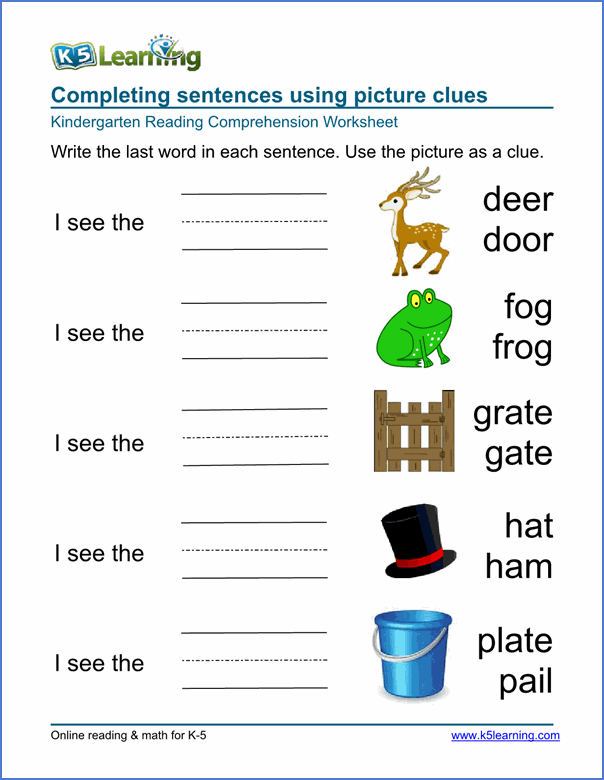
PLAY
The beetle and the bee
Control the beetle with your arrow keys to collect the strawberries and avoid the bees - keep the strawberries by answering the French vocabulary questions. Learning French is suddenly an adventure and each question is vital to the success of the mission...
PLAY
Mix and match
A child's playroom needs tidying up - put the picture blocks into the correctly labelled box to score points and clear up the room. Simple game with nice graphics suitable for children as young as 5.
PLAY
Cat and mouse
Move the cat with the arrow keys to catch the white mice. Avoid the red balloons but hit the blue balloons.Your final score is based on all of the above plus number of questions answered correctly and the time taken.
PLAY
Pelmanism
Match items of vocabulary to the correct picture to clear these cells revealing a large picture previously hidden by that content. Pelmanism is an age old favourite with language teachers and students alike.
Pelmanism is an age old favourite with language teachers and students alike.
PLAY
Spelling game
You see a set of pictures - for each picture you are offered 5 similar texts but only one of them is a correct spelling of the words related to that picture - click the right spelling to win a point. Timed game.
PLAY
Rock fall
Test your reaction times with this short sharp game of reflexes and a bit of French knowledge - click / tap the rocks to break them and stop them hitting the road - only 4 questions and 10 points off for each wrong answer.. leaderboards available
PLAY
Hangman
Guess the item of vocabulary letter by letter from the on-screen keyboard - wrong guesses add pieces to the gallows being built on the beach. Great for reinforcing the spelling of words and emphasising the position / occurence particularly of accented letters in some French words.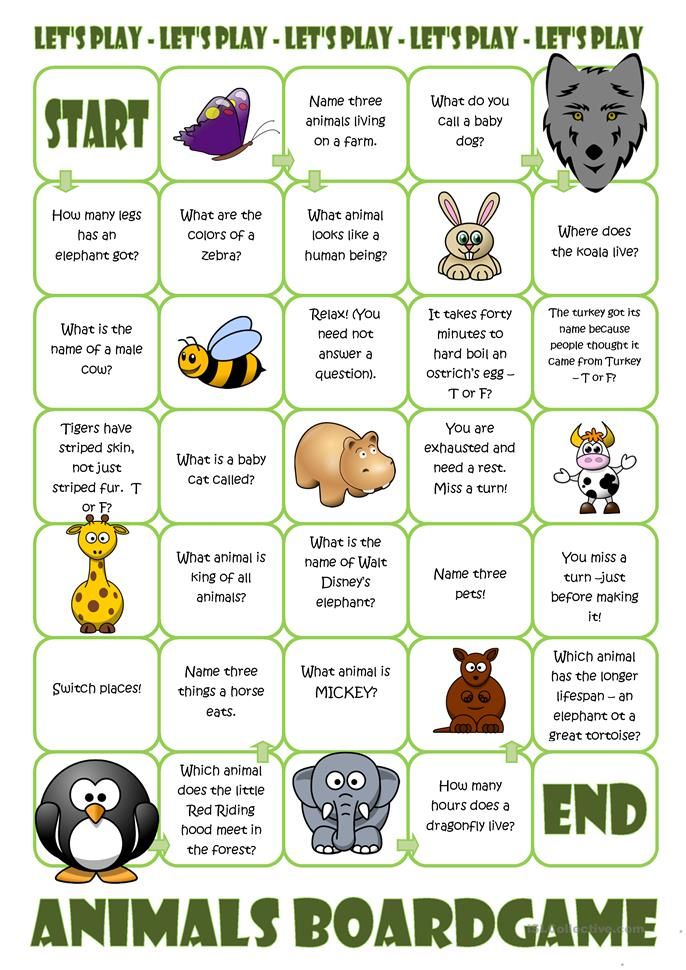
PLAY
Have fun!
back to top
Learn Languages Free
French
German
Spanish
Latin American Spanish
Italian
English
Test your French with reading and writing tests with answers
These French tests are designed to round off your learning experience here at learn-French.net by testing whether you can correctly recognize the language you have learned (in the multiple choice test) and that you can correctly write out that language (in the writing test).
Make sure you have chosen the correct topic before starting! Although these tests are timed, try to relax and concentrate on getting the answers right at first - later you can try the tests again more quickly.
The two types of tests are:
- A multiple choice quiz to check your recall of the spoken and/or written French.
- A writing test to check your written French for the selected topic.
Key features of our French tests include:
- You can do these tests at home (or at school) without the help of a teacher.
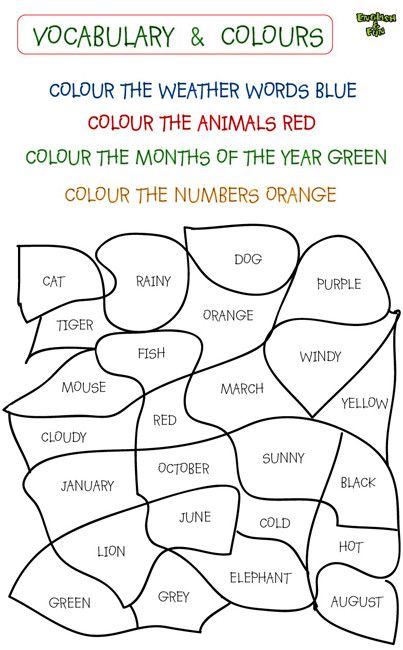
- You can repeat our tests as often as you need to improve your scores.
- The tests check your vocabulary and comprehension for the topic.
- The writing test also checks your written / typed French for the topic.
You should expect to score 8+ / 10 in each test before you select a new topic. It is a good idea to repeat the test for each topic you do after two weeks to 'reinforce' the language for that topic
back to top
- On the settings screen, select the test you would like to take.
- A new screen will open with information concerning the test.
- When you are ready to begin, click "Start the test".
See below for detailed instructions on using the two tests:
Multiple choice test
This is a multiple choice activity similar to "What is it" in the French lessons - you are shown a randomly selected picture from the topic you are using. A selection of 5 texts from your topic are displayed as a list.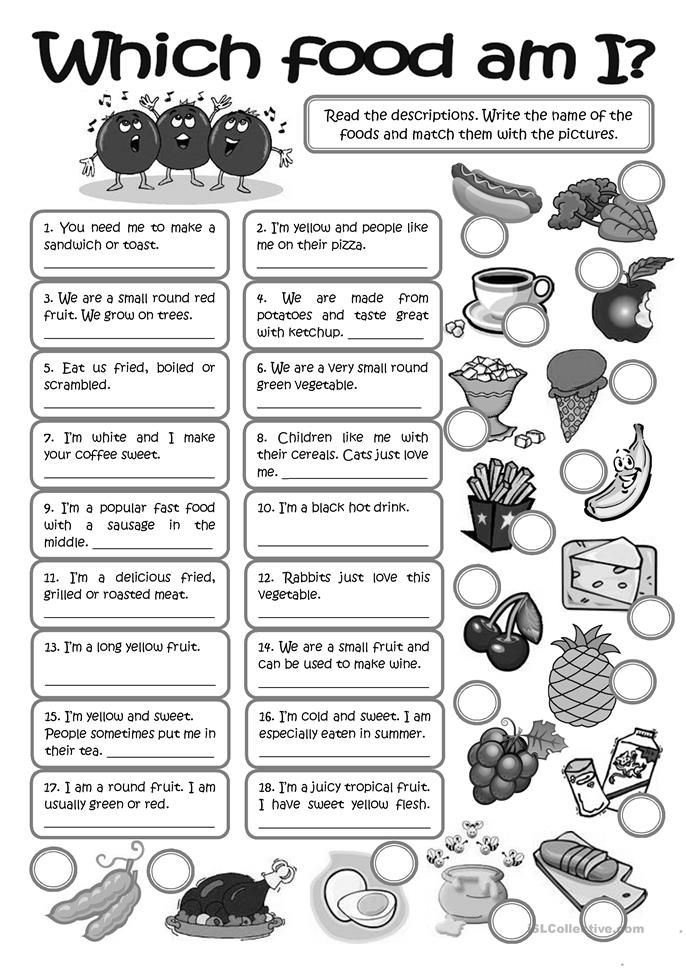 Click on the speaker button to hear the audio for that text.
Click on the speaker button to hear the audio for that text.
For each picture, you must click on the word/s that match that picture. If your answer is correct you will hear a bell and one star will be lit. The next picture will be shown. If your answer is wrong, a box will open showing you what the correct answer was.
The test is timed, and the clock starts when you click the Start button. At the end of your test a screen will tell you how many of the questions you got right and how long you took to complete the test.
Writing test
The writing test checks whether you can type the topic vocabulary using your keyboard. This test is also timed. You can do the test many times until you get a good score. To start the test, click on the "Writing test" sign in the navigation board, then click on the "Start the test" arrow.
A random picture from your selected topic is shown. Beneath the picture there is a white box into which you should type the words you have learnt for that picture.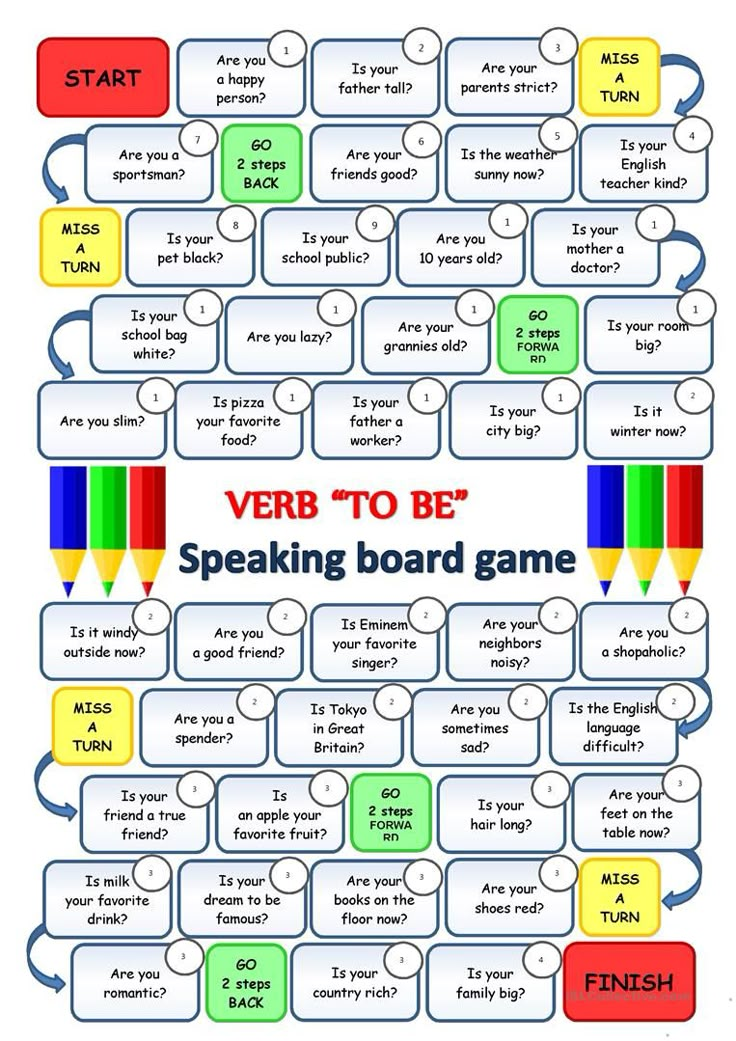 If you need a little help you can click on the "Help me" button for a quick reminder of the vocabulary. Only use the help if you really need to.
If you need a little help you can click on the "Help me" button for a quick reminder of the vocabulary. Only use the help if you really need to.
If you type the word or words correctly the program will automatically light a star. If you have entered your answer and no star lights up, click on the tick or press Enter on your keyboard to check your answer. When you have tried all the questions, a screen will show you how many questions you answered correctly and how long it took.
* Try to score 8 out of 10 in both test before you choose a new topic *
* It is OK to do the tests many times if you need to *
back to top
Learn Languages Free
French
German
Spanish
Latin American Spanish
Italian
English
Free online games in french for beginners with sound at french-games.net
1. Topics
Choose a topic
Start by choosing from over 100 beginner and advanced topics.
2. Lessons
French Lessons
Learn your chosen topic with our simple and free French lessons
French Games is a free online resource for French beginners that offers a complete set of French lessons , practice games and quick tests for over 100 French topics for free. Use the options below to learn or review any topic with any task.
Use the options below to learn or review any topic with any task.
French lessons on the site
"Games in French" Start visiting the site with a French lesson on the topic of your choice.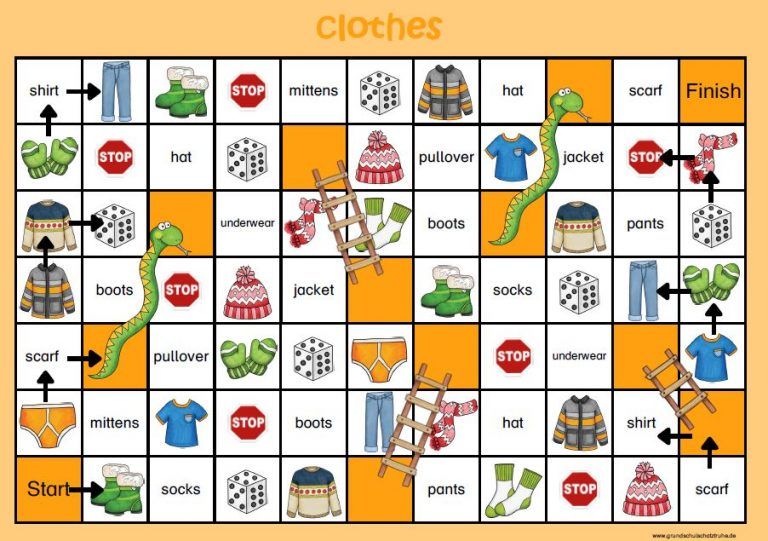 Each of our 100+ lessons consists of a topic introduction and 3 lesson tasks, a yes/no, and/or or multiple choice task. While reading a topic, it is important to repeat what you hear and write down the words to help you remember the pronunciation and spelling of the language.
Each of our 100+ lessons consists of a topic introduction and 3 lesson tasks, a yes/no, and/or or multiple choice task. While reading a topic, it is important to repeat what you hear and write down the words to help you remember the pronunciation and spelling of the language.
3 buildings in the lessons are arranged in order of increasing difficulty. When you do them, you will notice that your knowledge of the language increases. When you have completed the entire lesson, you will be able to remember and repeat the words for each item in the topic without prompts.
French learning games
We have 12 games with which you can practice any French topic on our website. The games are fast and easy to understand and help improve language retention by exercising different areas of the brain. Try different games for the best score! The games are free to use and work on both tablets (including iPads) and PCs.
French quizzes at french-games.
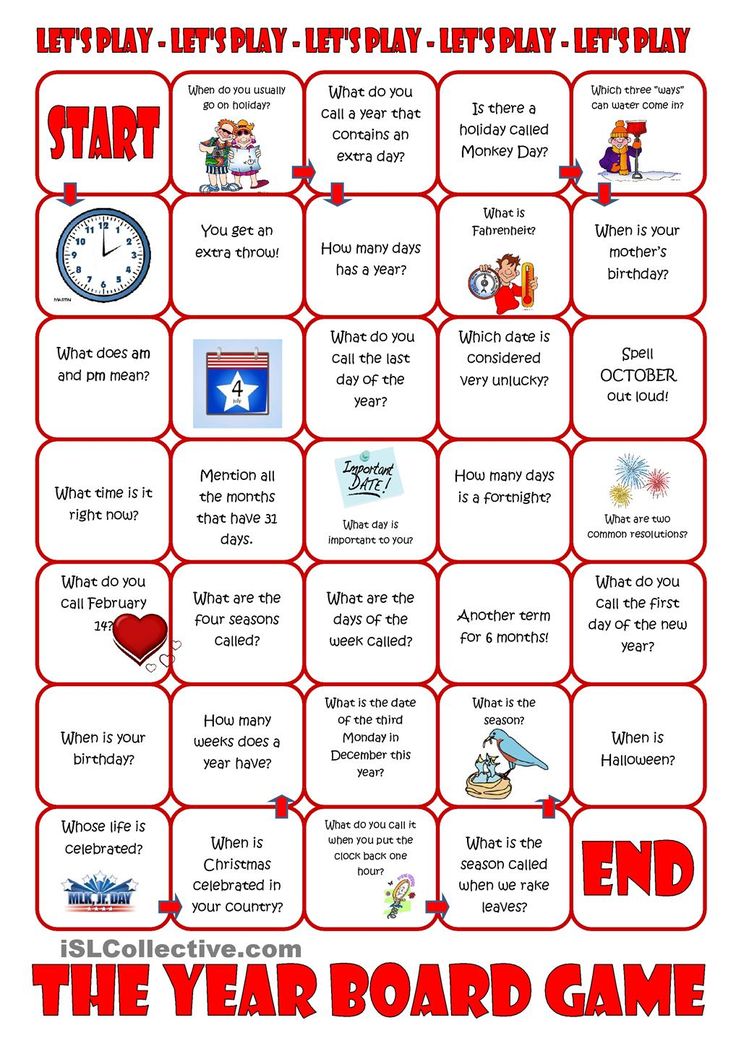 net
net Complete the topic by taking our 2 spelling and multiple choice quizzes. They will confirm that you have fully mastered the material and will be able to reproduce what you have already learned after lessons and games.
The spelling test is harder than the multiple choice test, but it's important if you want to be able to write in French, not just speak it! As you can see in the screenshot, if you can't manage it, there is a hint button...
How to use the site
"Games in French"To start using the site, click here or on the "Start" button at the top of the page.
On the start page, you can select the first topic you want to learn. Once you have chosen a topic, you can go directly to the lessons, which consist of an introduction to the topic and 3 tasks for the lesson, a yes/no, and/or task or a multiple choice task. Once you have completed the lesson, try playing a few games to reinforce your knowledge of French in the selected topic.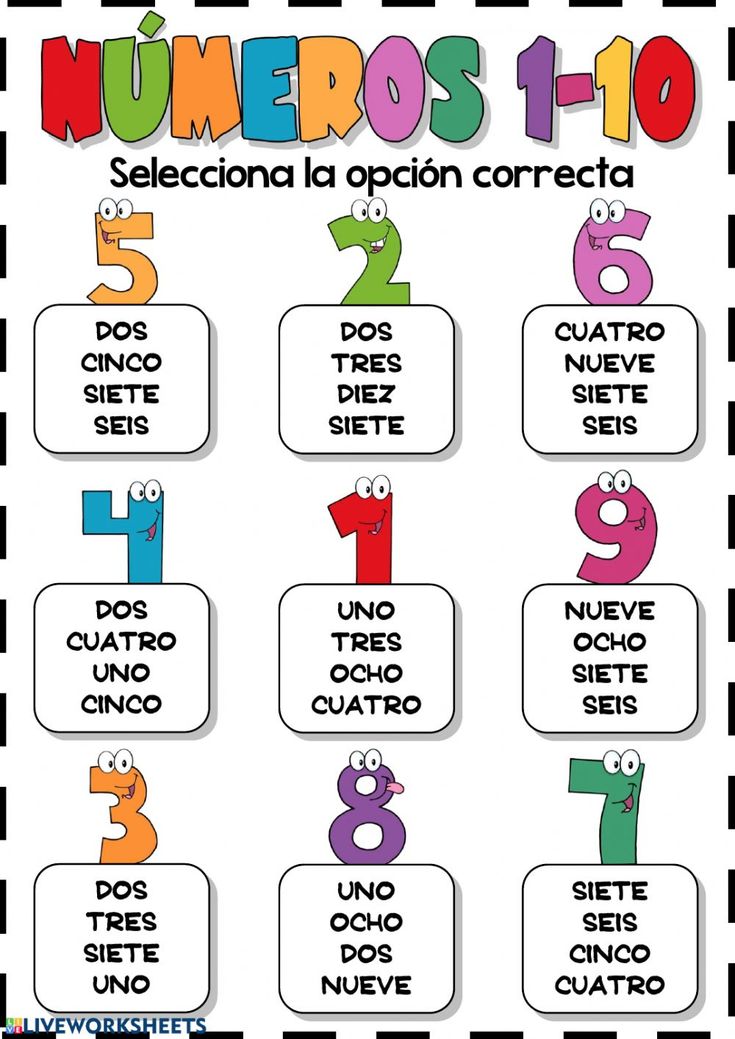 And then finally try our two tests, the multiple choice test and the spelling test, to make sure you get it right.
And then finally try our two tests, the multiple choice test and the spelling test, to make sure you get it right.
If you are a parent, you can visit the parent page for more information on how your child can use the site to improve their French language learning. We also have a FAQ page with even more information about the site.
We also have a YouTube channel for French learners with lots of learning videos!
Who is this site for?
"Games in French" is for children (and parents of children) and teenagers who want to learn French as a second language.
Maybe you are starting to learn French for the first time, or you want to repeat what you already know from a school or tutor with additional lessons and games. If you are between the ages of 5 and 50 (or even 25), try our website for more fun and interesting learning French.
top
Learn Languages for Free
French
German
Spanish
Latin American Spanish
Italian
Welsh
Irish
Working on the technique of reading in French at the initial stage of learning
Reading is the most popular type of speech activities at school.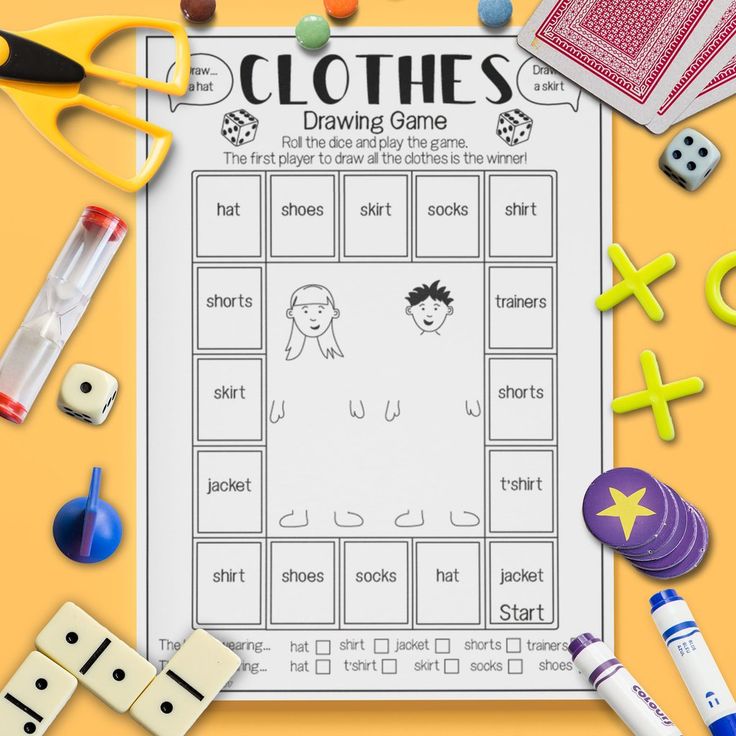 The Problem of Learning Skills reading is methodically sufficiently developed. Build comprehension reading skills impossible in the future without the formation reading skills, which is one of the the main tasks of teaching a foreign language. The teacher should not be limited to working with textbook texts. True craftsmanship teachers - constant search communicative-oriented tasks, adapted current and fresh texts, built on material familiar to students or containing unfamiliar words, the meaning of which you can guess.
The Problem of Learning Skills reading is methodically sufficiently developed. Build comprehension reading skills impossible in the future without the formation reading skills, which is one of the the main tasks of teaching a foreign language. The teacher should not be limited to working with textbook texts. True craftsmanship teachers - constant search communicative-oriented tasks, adapted current and fresh texts, built on material familiar to students or containing unfamiliar words, the meaning of which you can guess.
Learning a foreign language is a discovery language world for the child. Efficiency learning depends on many factors, including and from the sharpness of the child's perception of this new world, its physical and emotional activity, opportunities for active participation. Physical activity sharpens all types of memory: tactile, motor, visual, figurative and auditory. The child will never mix up the verbs courir, sauter, voler if it runs, jumps, fly. Physical activity in the classroom helps do the iterative process and memorizing educational material more exciting, varied. She helps to take tension, makes it possible to get up from the desk and move once again, which is so necessary little students.
Physical activity in the classroom helps do the iterative process and memorizing educational material more exciting, varied. She helps to take tension, makes it possible to get up from the desk and move once again, which is so necessary little students.
I am a foreign language teacher and namely, French in primary, secondary and senior level of secondary general education schools. I work according to Antonina's textbooks Stepanovna Kuligina in elementary school, Natalia Alexandrovna Selivanova "The Blue Bird" in middle link, where printed very content material. But, I have repeatedly the question arose: why are children reluctant and little read books, my lessons for them become uninteresting and boring? There are many reasons. One of them, I think the one that children can not read quickly in their native, Russian language quickly and consciously. After all reading is hard work for teachers elementary education for students. Make it more productive is the task of modern teachers.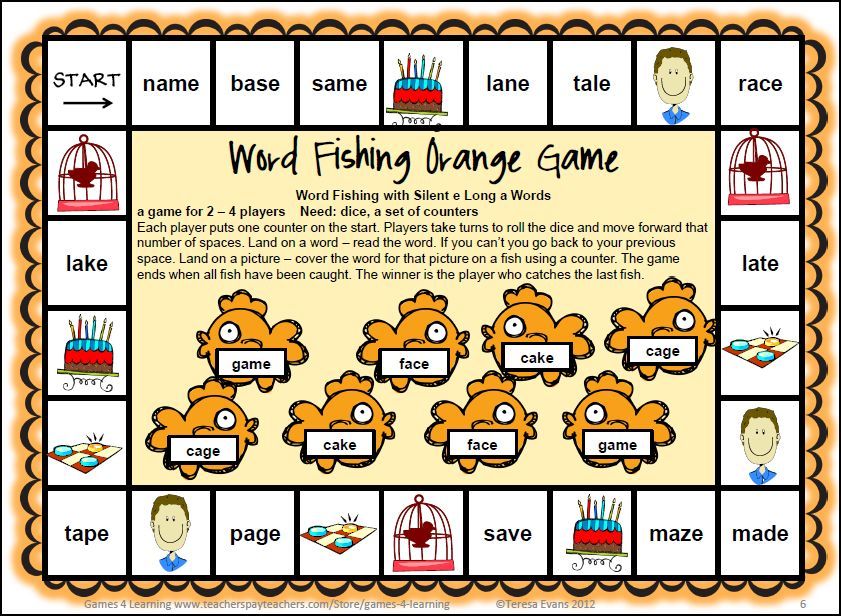 A question of fluent and expressive reading always worries teachers from elementary to senior training link. Reading is one component of speech development and condition further successful education. The skills of such readings are laid in the initial link.
A question of fluent and expressive reading always worries teachers from elementary to senior training link. Reading is one component of speech development and condition further successful education. The skills of such readings are laid in the initial link.
In response to the question “Why did I start the problem of improving technology reading in the primary grades?” would answer like this:
- It has long been known when a person stops read, he stops thinking.
- In our age of scientific and technological progress, dominance of television, computers and video games children have lost interest in reading. But not only children do not read. Adults don't read either. According to VTsIOM, In 2000, in our city of Moscow, the first All-Russian congress in support of reading. On the It adopted an appeal to the citizens of Russia: “... it is necessary to unite all forces in order to stop the “debilitation” of children”.
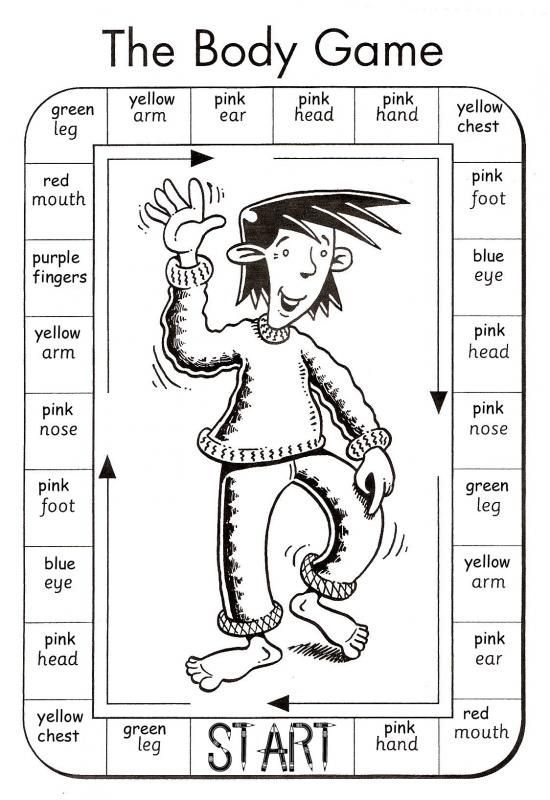
- When talking to primary school teachers it turned out that in their classes there are a lot of “children risk." According to researchers, the number children at risk today is 35-45% of the total composition of children. This is explained by that tension that characterizes the period development of our country, the decline in social safety and health of children.
- Unfortunately for most parents and children English is considered the priority language. In the second class, when dividing into groups for learning foreign languages, French group includes children for whom it does not matter which they will learn the language. In my groups children with retarded mental development, children of the “group risk”, deviant children.
Therefore, for me, one of the topical issues is the formation of correct skills, conscious, fluent and expressive reading. This formation cannot be limited textbook text only. To teach students to read with pleasure and desire, I I use technology in my work optimal reading. Complex of technological techniques allows you to develop articulation, roar apparatus to regulate the breathing of students during reading, expand the field of vision, switch from one type of activity to another. Thanks to frequent change of activities in the classroom cognitive interests are activated students. I use reading in my lessons tables, work with tongue twisters, articulation and breathing exercises, work in pairs with crossword puzzles, various games, reading texts from the newspaper “First of September” and children's books. This allows you to expand student's vocabulary, improve it reading skills, conducting lessons in a variety of ways, interesting, children enjoy working with visual and educational material.
To teach students to read with pleasure and desire, I I use technology in my work optimal reading. Complex of technological techniques allows you to develop articulation, roar apparatus to regulate the breathing of students during reading, expand the field of vision, switch from one type of activity to another. Thanks to frequent change of activities in the classroom cognitive interests are activated students. I use reading in my lessons tables, work with tongue twisters, articulation and breathing exercises, work in pairs with crossword puzzles, various games, reading texts from the newspaper “First of September” and children's books. This allows you to expand student's vocabulary, improve it reading skills, conducting lessons in a variety of ways, interesting, children enjoy working with visual and educational material.
Reading does not require an interlocutor, only a book. In the first grade, the teacher taught children to the alphabet of the Russian language, consonants and vowel sounds of words and reading in their native language. My task is to teach children to read and write in a foreign language. In my work, I adhere to the following rules:
My task is to teach children to read and write in a foreign language. In my work, I adhere to the following rules:
- Students learn the rule. Since they are slow write in Russian, I have to distribute pre-prepared cards with rules, which they stick in their notebooks.
- To consolidate this rule, I give oral training exercises. For example, when studying consonant letter C or G.
- Before learning another rule, be sure to we repeat the previous learned rules. Again I give several training exercises for everything regulations. Be sure to check the studied rules. I select the rules of reading simplified in a way that second graders remember well they were not forgotten. For example, twin letters, brother and sister qu , they never part, hold hands tightly; vowels eau, au, eu, ou, ei,ai always stand behind each other, breathing, friend to a friend in the back of the head, only in such sequences.
 I propose the rules in such sequences:
I propose the rules in such sequences: - Rule for au, eau, ot, o - [o]
1. Look at the word bateau. How much is in it vowels, consonants? Name them. How many in a word syllables?
2. Read the words
| Words in eau | Words starting with ot | Words starting with o |
| Bat eau Cad eau Eau Ois eau P eau Chap eau | matel ot rab from rob ot sab ot tric ot escarg ot | brav o domin o radi or sol or dynam or ech or |
1.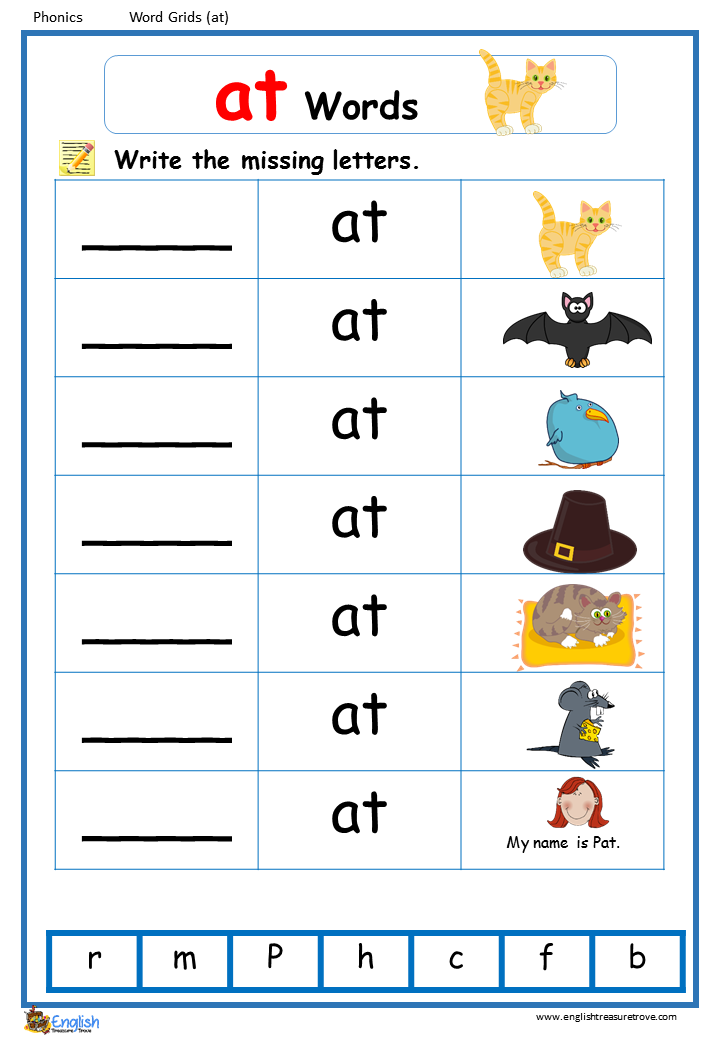 Find combinations eau, ot in words and read them, tightly clenching their lips and teeth. Read them aloud.
Find combinations eau, ot in words and read them, tightly clenching their lips and teeth. Read them aloud.
Lavabo, solo, argot, taureau, chapeau, dactylo, oiseau, dynamo, moineau, sabot, tricot, duo, casino, bravo.
2. Read the words. Tell me which pictures they are relate.
Un oiseau, un chapeau, un cadeau, un bateau, un sabot, un matelot, un domino, un radio, un robot, un drapeau.
- The rule for ai, ais, ait, et at the end of words is written more often just like the sound [E].
1. Look at the word portrait. How many letters are in it vowels and consonants? Read in syllables. Name first and second syllables.
2. Read the words with the teacher, speaking clearly syllables.
| Words starting with ai | Ais words | Words in ait | Words in et |
| Bal ai Delai Essai
Mai Vrai | angl ais jamais rabais biais mais | attr ait extrait portrait retroit souhait | alphab et bouquet couplet filet rivet |
3. Read the first column again without a teacher.
Read the first column again without a teacher.
4. Read the second column, closing your lips tightly and teeth, then smoothly read the words aloud.
5. Read the words in the third column with alternate setting of logical stress on selected letter combination.
6. Read the fourth column in pairs.
Studying the technique improvement system reading, came to the conclusion that reading after the announcer contributes to the development of articulation and the production word reading skills. Reading in pairs trains the ability to distribute the attention of the weak students to improve their reading quality. BUT repeated reading contributes to daily accumulation of visual images in the memory of the child words.
During phonetic charging articulation exercises. These exercises develop the mobility of speech apparatus, serve as a warm-up before reading.
Vowels A, O, OU, I, E
Combinations A - OU, A - O, A - E, I - O
Consonants F - D - S, F - S - C
Consonants and vowels Ce , ci, cy, co, ca, cla, cloa
- Rule “Consonants”
Consonants B, C, D, F, G, J, K, L, M, N, P, Q, R, S, T, V, Z most often read as sounds b, c, d, f, g, j, k, l, m, n, p, q, r, s, t, v, z.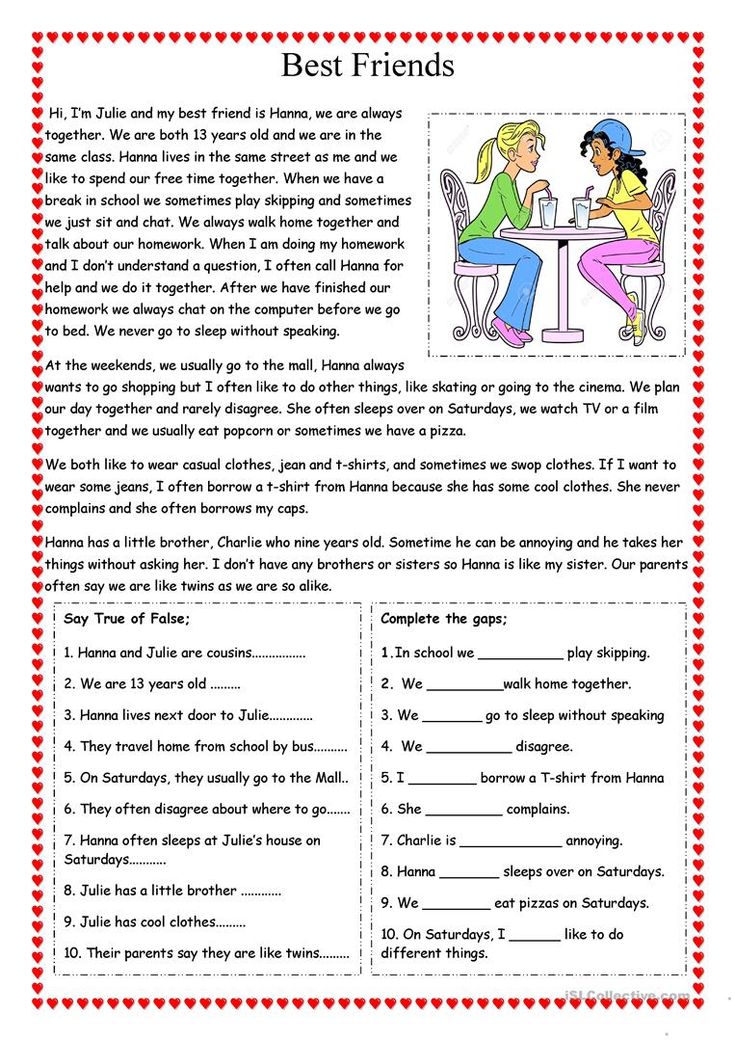 How can we pronounce these words while reading? letters? Each letter has its own name when read. This can be found in E. M. Beregovskaya and M. Toussaint in the textbook "Blue Bird". I changed names: B - Boris, C - Corinne, D - Desiree, F - Frederic, G - Galina, J - Juliette, K - Konstantine, L - Lili, M - Marie, N - Nadine, P - Paul, Q - Quentin, R - Rita, S - Serge, T - Tania, V - Victor, Z - Zoe. The students helped me print your photos for these letters. Them I like to train with such photo cards, pronouncing first the part of the name that consists of a vowel and then a consonant. When training, they call the name of the letter, the sound when reading this letter. Especially enthusiastically called their names, write them unmistakably on their notebooks.
How can we pronounce these words while reading? letters? Each letter has its own name when read. This can be found in E. M. Beregovskaya and M. Toussaint in the textbook "Blue Bird". I changed names: B - Boris, C - Corinne, D - Desiree, F - Frederic, G - Galina, J - Juliette, K - Konstantine, L - Lili, M - Marie, N - Nadine, P - Paul, Q - Quentin, R - Rita, S - Serge, T - Tania, V - Victor, Z - Zoe. The students helped me print your photos for these letters. Them I like to train with such photo cards, pronouncing first the part of the name that consists of a vowel and then a consonant. When training, they call the name of the letter, the sound when reading this letter. Especially enthusiastically called their names, write them unmistakably on their notebooks.
- Rule
| Words with C | Words with K | ||
Ca–ca va - Ca va? - a va.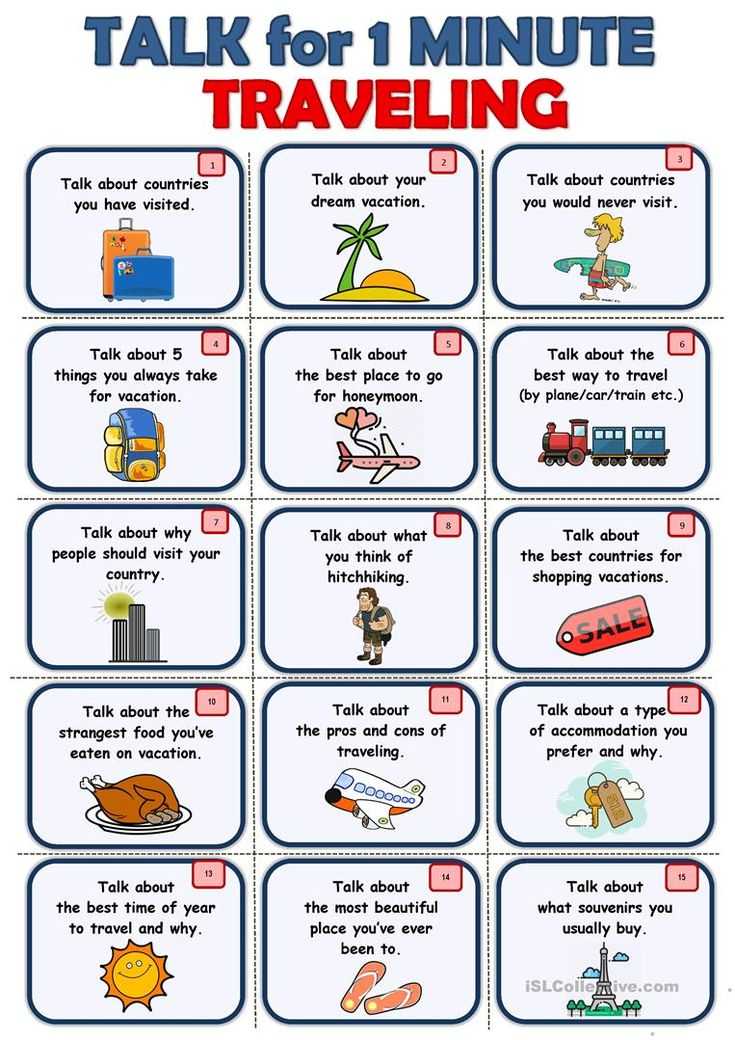 Ce-cette Benefit Actrice Caprice Concert Trace Police Merci Fugace Cerise Place | Acacia Acoustique Chic Choc lac pic plastic vacant avec cabane carotte cartable | ||
| Words with CC | |||
| Coccinelle Buccal | Buccin accident | accueillir raccomoder | |
1. Read the words in which the letter c is read as [s], underline the letter c with a green pencil, if it is read like a sound [k].
Un cactus, un crocodile, une carotte, une corde, l'acacia, un concert, un bic, un lac.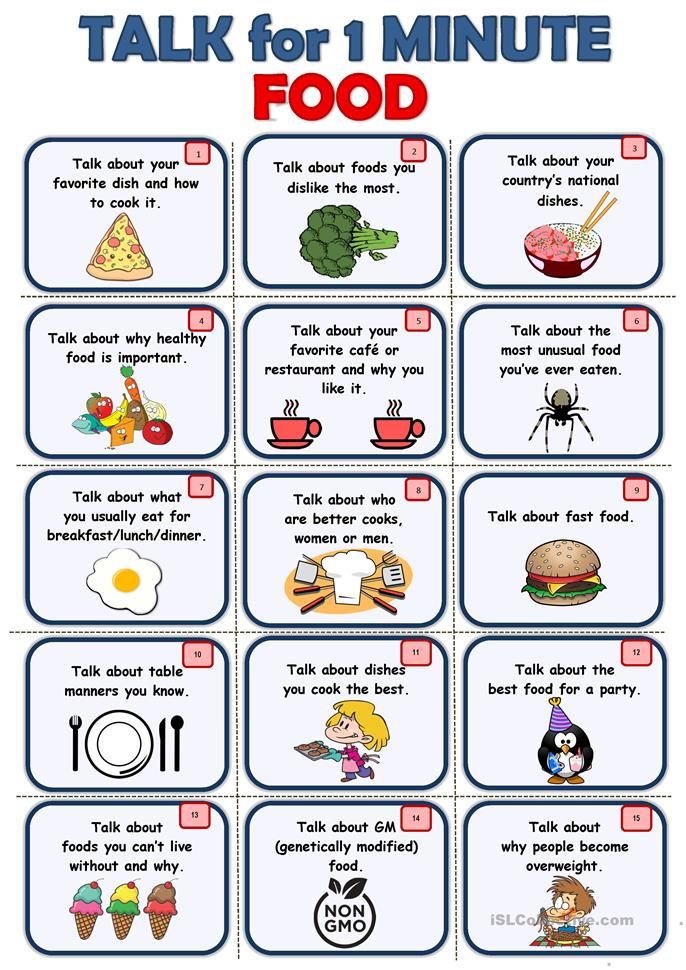
2. Read the words and say which pictures they refer to. relate.
Le sac, la carotte, le cactus, le crocodile, l'abricot, la culotte.
The main thing that students need to learn, first you need to learn the rule in C - [ s ], then the rule in C - [k], bring the reading of words to automatism.
Children aged 7-8 tend to want to learn read. This desire and ability to read a student is necessary must be taken into account by the teacher. If you start reading later, the results will be different, because interest weakens, other desires appear and students' aspirations. You have to do very a lot of preparatory work. All tasks from cooking rules with illustrations from children's books, textbooks by other authors.
| Readers Le mur se bàtit | Un petit bonhomme |
| Le macon est la Le pierre par-ci Une pierre par-la Ah… Me voil. | Sur unencrier, Quelle est la couleur De son tablier? |
| 1, 2, 3 – claque tes doigts. 4, 5, 6 - tape tes cuisses. | Voila 7 - sur la tete. 8 et 9 et 10 - tous les enfants applaudissent. |
Comment dessiner un bonhomme.
Point, point, virgule, tiret
Le visage est deja fait
Bras, mains, ventre
Jambes, pieds
C’est un bonhomme tout entier.
Les poins sont les yeux
La virgule c'est le nez
Le tiret c;est la bouche
On peut vite le dessiner.
- Songs “Pas a pas”
| 1 pas 2 pas 3 pas je marche pas a pas. | 8 pas de charge 9 pas de loupje marche pas a pas. | |
| 4 grands pas 5 petits pas je marche pas a pas. | 6 pas de course 7 pas de danse je marche pas a pas. | |
Song - game “Si tu as de la joie au cŚur”
Si tu as d'la joie au coeur, frappe des mains
Si tu as d'la joie au cŚur, frappe des mains
Si tu as d'la joie, si tu as d'la joie au coeur,
Si tu as d'la joie au coeur, frappe des mains!
Si tu as d'la joie au coeur, tape du pied
Si tu as d'la joie au coeur, tape du pied coeur,
Si tu as d'la joie au coeur, tape du pied!
- Poesie “Automne” “Decembre blanc”
Novembre gris. Decembre blanc
Dans ma maison Dans mon pays.
Il fait si bon, Il fait si froid.
Il fait si doux Il fait si froid.
Rentre Dehors
Comme un petit Comme un grand
Colimacon Glacon.
Colimacon. M. Chapouton
M. Chapouton
| “Janvier” Je m’appelle Janvier. J'arrive le premier Pour dire aux enfants: Voila le Nouvel An! Lundi, il fait gris. Mardi, c'est la pluie. Mercredi, c'est fini Jeudi, il fait beau. Vendredi, il fait chaud. Samedi, c'est trop. | “Mars” Averse en mars nous joue ses farses. Bernard Lorraine Tout l'ete, juin, juillet et aout, Avec sa ligne et des poissons Un vieux monsieur se baigne Dans l'eau d'un ruisseau a la campagne. |
- “Photo eye”: for the allotted time student must “photograph” a column of words and answer the question if there is an extra word in it.
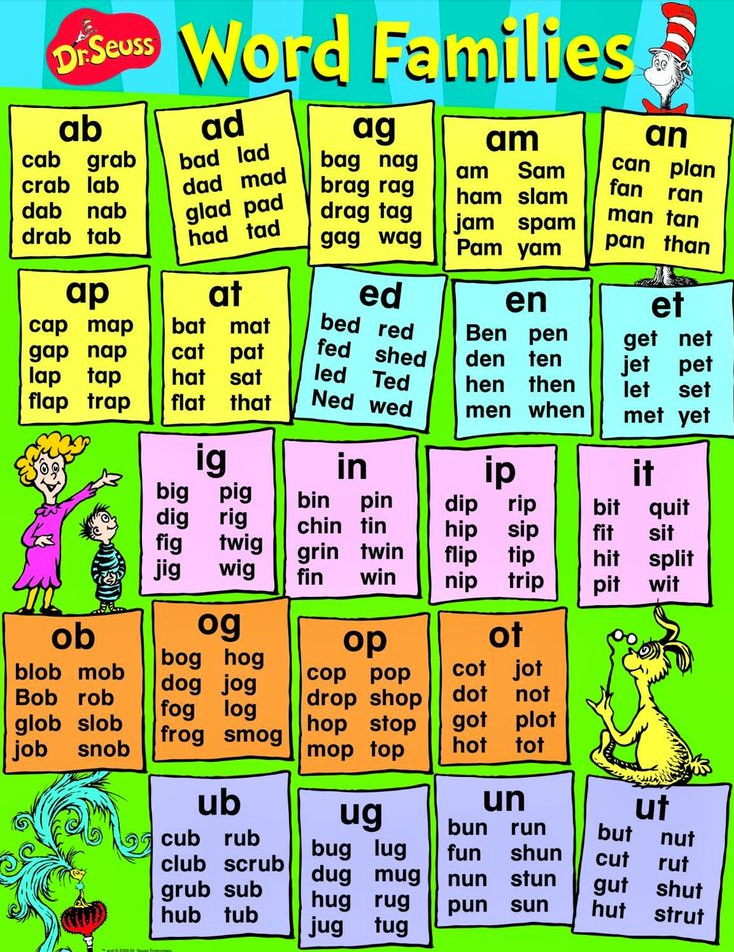
Example:
| Une lecon Une ecole Un livre Une vache Un stylo | une cerise une poire and ananas and table un pomme | une tasse une assiette un couteau and loup une fourchette |
Using this technique, students learn to read whole words.
- To improve reading skills and development peripheral vision in children exercises with letter tables. This method A. T. Stepanishchev is widely used by teachers primary school when teaching native Russian language. Prepared tables measuring 7.5 by 5.5 cm with large characters for each student. Work with table is carried out as follows. First work goes with tables containing one character in square, then two characters, three letters in squares, finally, we pass to the table with mixed letters and numbers at the same time.
 The children were reading keeping the gaze in its central square. Work continues until the child learn to read all the signs in the table. For 1 minute must be read up to 6 characters. With time you need to increase the reading speed on average for 4 characters.
The children were reading keeping the gaze in its central square. Work continues until the child learn to read all the signs in the table. For 1 minute must be read up to 6 characters. With time you need to increase the reading speed on average for 4 characters.
Table no. 1.
| G | K | X | Z | B |
| U | O | A | C | X |
| L | U | F | P | D |
| F | P | I | H | L |
| M | N | B | S | E |
Chart no.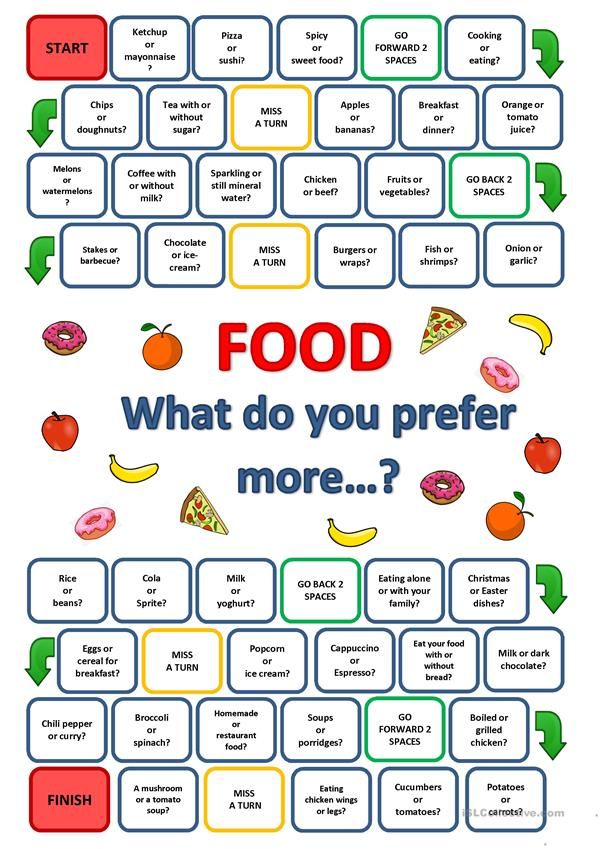 2.
2.
| Na | Pi | Mu | Pe | Sa |
| Du | Be | So | Da | Ti |
| To | Ma | Va | Pu | Ba |
| Is | Ro | As | In | Er |
| Ca | Ni | Ba | Si | Ce |
Chart No.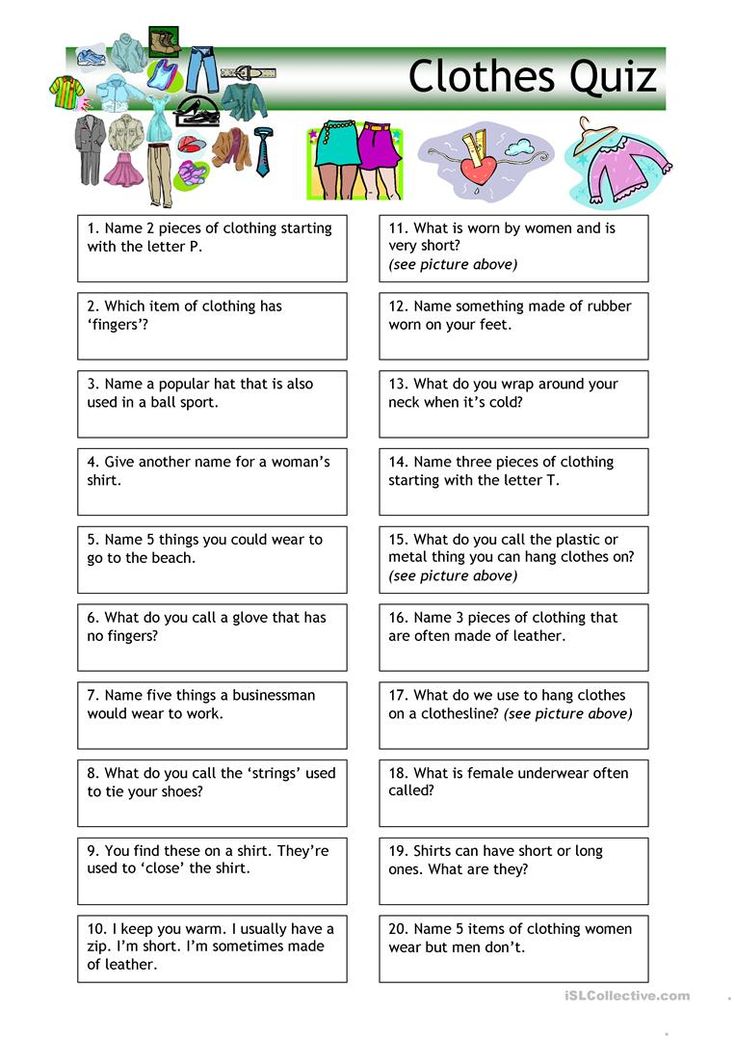 3
3
| Lit | Pic | Bec | Rat | Mur |
| Dur | Bas | Son | Pas | Tic |
| Current | bal | dos | Pur | Bac |
| nid | Roc | rue | Ami | Pie |
| Vie | Mal | Bal | Pie | sac |
Chart No. 4
4
| A | 3 | I | 9 | D |
| 12 | 4 | U | 7 | X |
| L | 10 | M | S | 11 |
| R | 2 | T | 5 | N |
| 13 | Z | G | P | V |
There is another way to develop peripheral vision.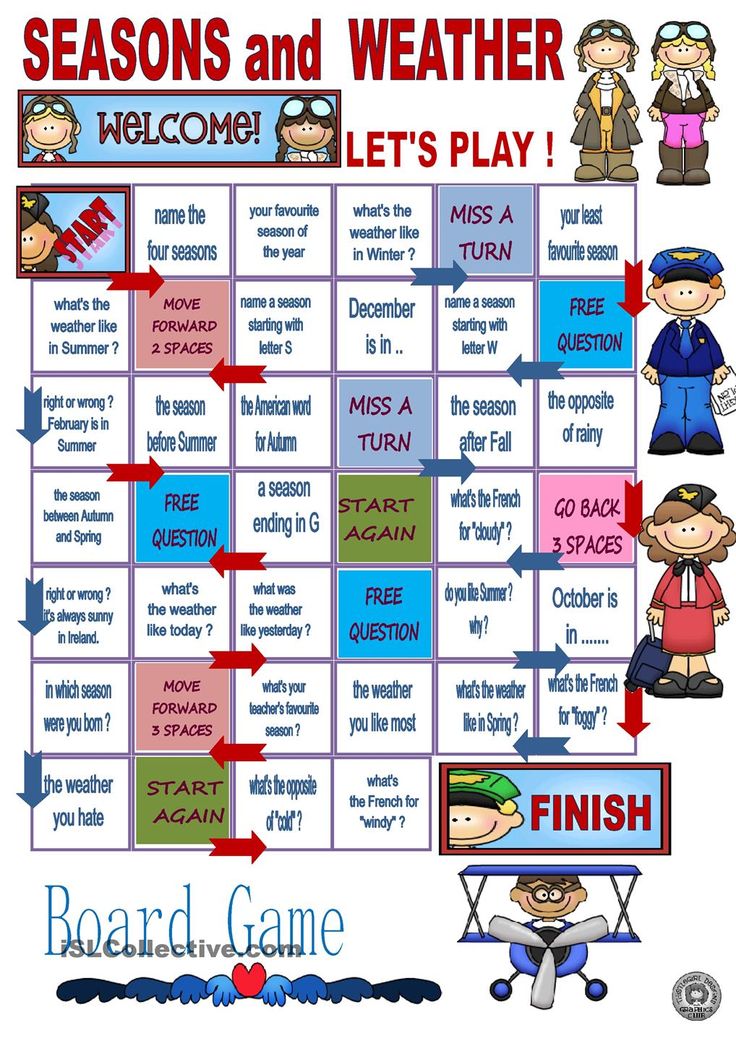 Moving your gaze only along the central vertical line from top to bottom, it should be called letters placed on the side lines. The sooner start using such tables, the easier it will go the process of forming the optimal technique reading.
Moving your gaze only along the central vertical line from top to bottom, it should be called letters placed on the side lines. The sooner start using such tables, the easier it will go the process of forming the optimal technique reading.
Table for the development of peripheral vision.
| X | P | O |
| V | A | N |
| M | I | R |
| T | U | B |
| F | E | S |
When talking to teachers from our school on meetings of the methodical association it turned out that schoolchildren have a sharp a drop in interest in reading in the spring, towards the end of the third quarters.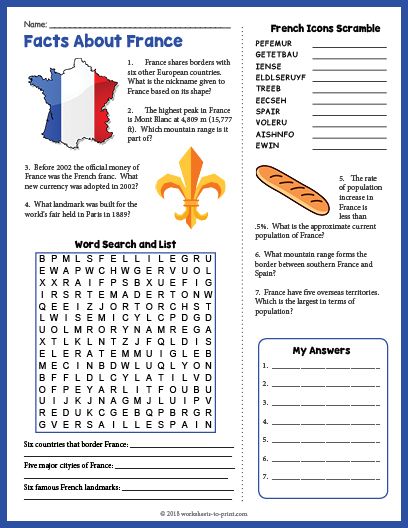 Affects beriberi, fatigue and other factors. To increase learning motivation we use reading children's books, look at the illustrations and read the captions under them, guess crossword puzzles, play “Words why, games “Guess yourself”. Especially since now our attention is given to a very many games are sponsored by tutorials.
Affects beriberi, fatigue and other factors. To increase learning motivation we use reading children's books, look at the illustrations and read the captions under them, guess crossword puzzles, play “Words why, games “Guess yourself”. Especially since now our attention is given to a very many games are sponsored by tutorials.
For repeated generalizing control I use cards. For this reason, exercises the formation of reading technique can be divided into four groups.
I. Exercises aimed at mastering graphics for writing letters and letter combinations .
These include tasks:
- Write letters like a - e - o, me - mo - ma, ne - na - no, pi - pa - po, le - li - la - lo.
- Write in block letters A a, L l, D d, N n, M m, I i.
- Circle the word around the contour (training the correct letter writing).
- Write similar letters and name the elements that they differ. For example: k - h, t - f, d - b, g - d, c - q, v – w, g – p, p – b, y – j, T – F, G – D, C – Q, P – B.
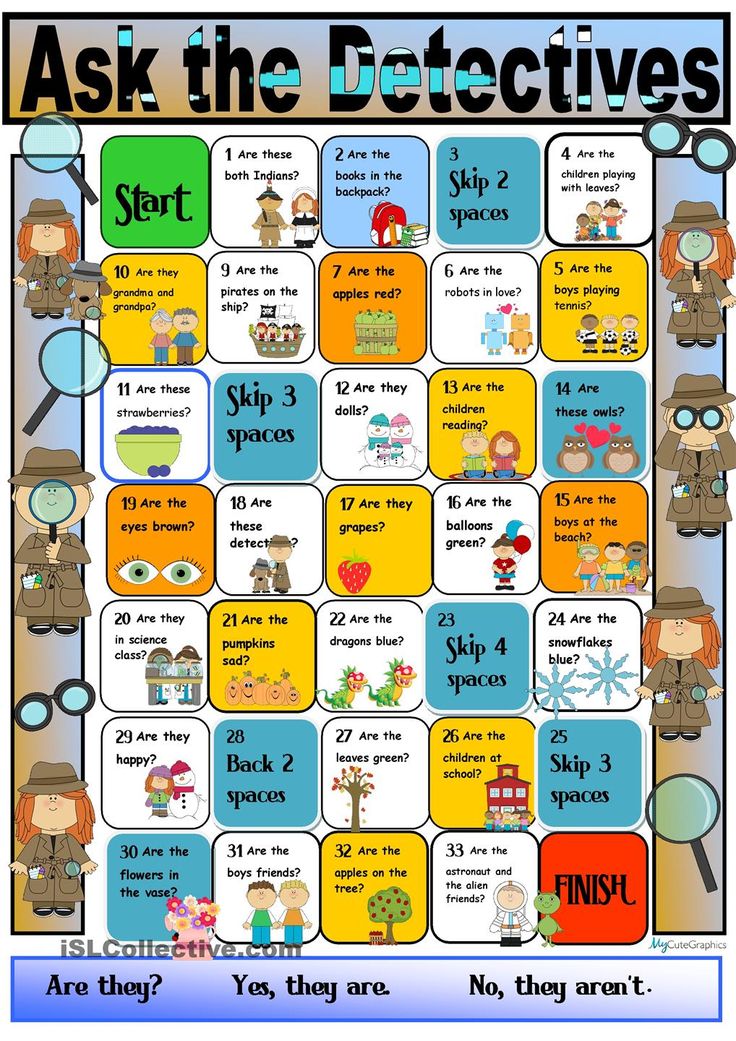
- What letters can be written if you add to letter “o” other elements? Name them (q, d, p, b, R, Q).
- Find the corresponding capital letter for each pair and connect them
| A | b |
| N | m |
| P | and |
| I | a |
| B | p |
| M | n |
- Circle the letter i , cross out the letter p. M, o, u, n, i, a, p, e, u, n, o, p, f, i, m, a.
- Twin sisters are lost among other letters. Find them and connect. A, B, C, D, E, F, G, H, I, J – a, b, c, d, e, f, g, h, I, j.
- Fill in the missing letters alphabetically: - b - - - f - - i - - l ...
- Restore words that lack letters (with or g) Mar …, Vi .
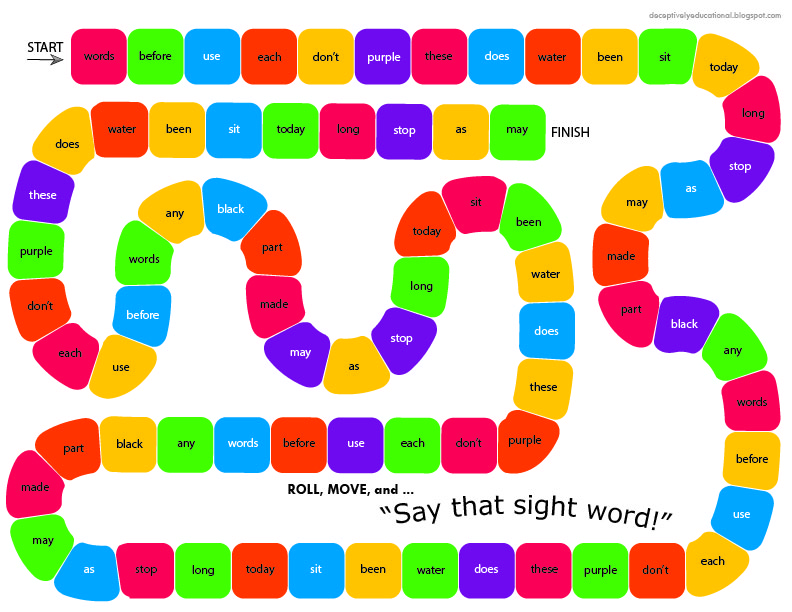 . tor, un …oq, une pla…e, une …irafe, un …artable, une ca…e, une ima…e, un…a…tus.
. tor, un …oq, une pla…e, une …irafe, un …artable, une ca…e, une ima…e, un…a…tus.
II. Exercises to develop skills to correlate letter, letter combination with sound.
These include tasks:
- Read out the words hearing, in which the sound “h” is at the beginning and in the middle of a word: d'abitude, une photo, un homme, un hamac, habiter, une habitude, un chien, un chat, une cloche, le dimanche.
- Color with a yellow colored pencil those objects that start with the letter combination “ ch ”, green colored pencil, if the letter combination is at the end of a word: un chapeau, une hache, une branche, un chat, un chocolat, une chene, une douche, une bouche.
- Read the names of the boys, then the girls: Michel, Nina, Nicolas, Remi, Pierre, Ada, Denis, Denise, Rosine, Rosalie, Basile, Alla, Simone, Alla.
- Write down these names (who is faster) of boys and girls.
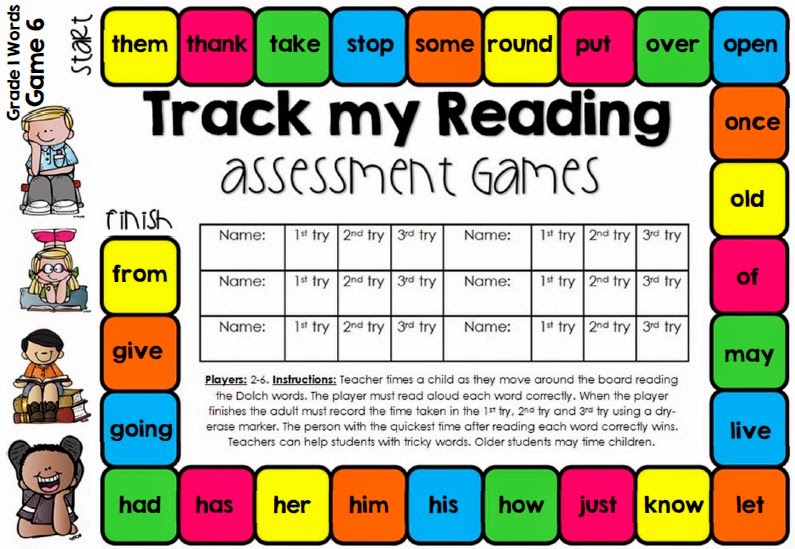
- Read the words and say why they are letters or combinations of letters. Write them in notebook, remember. Une g omme, une po mm e, un sin g e, une tabl e, un ch apeau, un oi seau, un bat eau , un cir que , une d ent .
- Read the words and write out of them those that denote someone who cannot speak: un pere, une mere, un chien, un frere, un chat, une grand-mere, un elephant, un loup, une poupee.
- Read the words and write down the ones that fall out of logical sequence: un cinema, un theêtre, un cirque, une riviere, un Magasin, un musee.
- Write the verbs that characterize what you are do at school: ecrire, marcher, danser, manger, habiter, dormir, dessiner, sauter.
- Find words for professions:
| Profe | wn |
| Mede | sseur |
| Clo | cin |
| Chau | eur |
| Ingeni | ffeur |
III. Exercises to develop reading skills.
Exercises to develop reading skills.
- Copy printed text and underline difficult spelling.
C'est une fillette. Elle s'appelle Alla. Elle a une chatte. La chatte s'appelle Lise. Lise aime le lait. La chatte est intelligente.
- Write the text in capital letters:
Je m'appelle Alla. J'habite Moscow. Je vais a l'ecole. J'aime ma mere, mon pere, mon frere et ma soeur. Je vais au cirque. J'ai un chat. Il est petit.
a) write down the words with letter combinations ai, ch
b) underline these letter combinations.
- I can pronounce and read well. Jelis bien. intonation.
C'est l'hiver. Il fait froid, mais beau. Les enfants patinent, font de la luge, jouent aux boules de neige. Ils font du ski. Ils font un joli bonhomme de neige.
Such exercises contribute to successful work on developing reading skills letters at the initial stage of learning French language.
IV. Mastery Exercises spelling of words.
- Read the text. Some words are missing letters k, qu, c.
En va…ances
Ma soeur …adette et moi, nous …royons faire du s…i dans les montagnes en Tur…ie. …and nous descendons d’une haute montagne, and cha… …ilometre nous nous arrettons. A ... atre heures nous allons pi ... - ni ... er en bas, dans un bois.
- Match the syllables to make words.
- Put the correct form of the pronoun
| Sep | cembre | ||
| Oct | tobre | ||
| No. | tembre | ||
| De | vier | ||
| Vend | redi | ||
| Jeu | vembre | ||
| Jan | di | ||
(je, tu, il, elle, nous, vous, ils, elles)
…vais au zoo, …vas au magasin, …va au musee, …va vers la riviere, …allons au cirque, .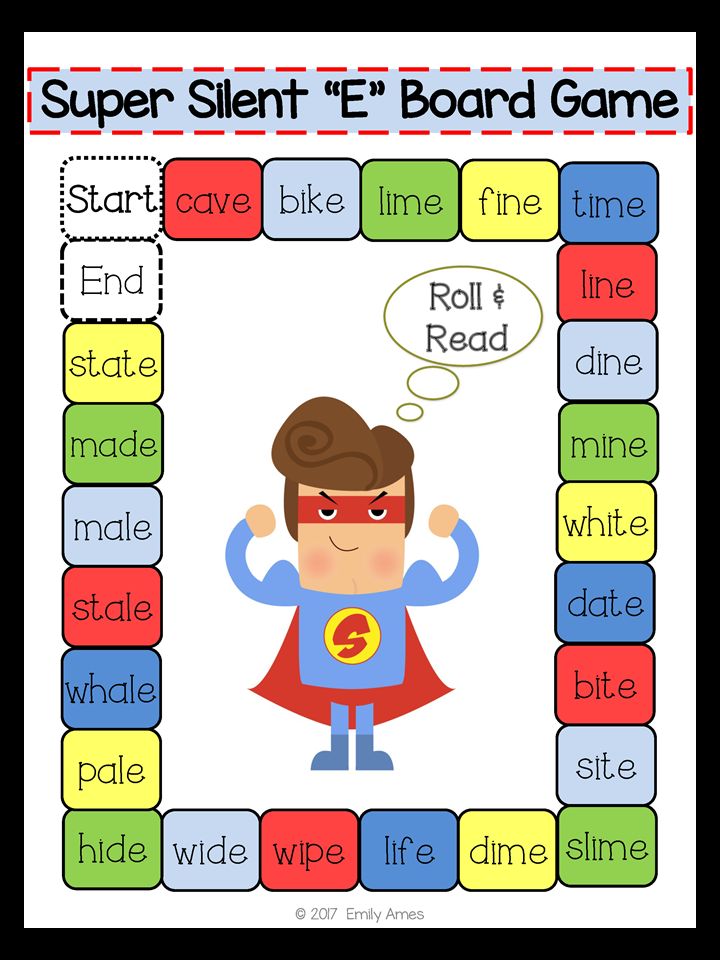 .. allez au theâtre, ... vont a la bibliotheque, ... vont a la maison.
.. allez au theâtre, ... vont a la bibliotheque, ... vont a la maison.
- Make sentences.
- Jaune, est, la jupe.
- fort, est, Paul.
- romantique, est, la chambre de Cecile.
- le bateau, c'est, de Gerard.
- le cadeau, c'est, de la mere.
Read the poem, write the words
| an | am devant p, b, m | en | em devant p, b, m |
Un tapis qui rampe
Au coin de la chambre
Est moins passionnant
Qu’un tapis volant.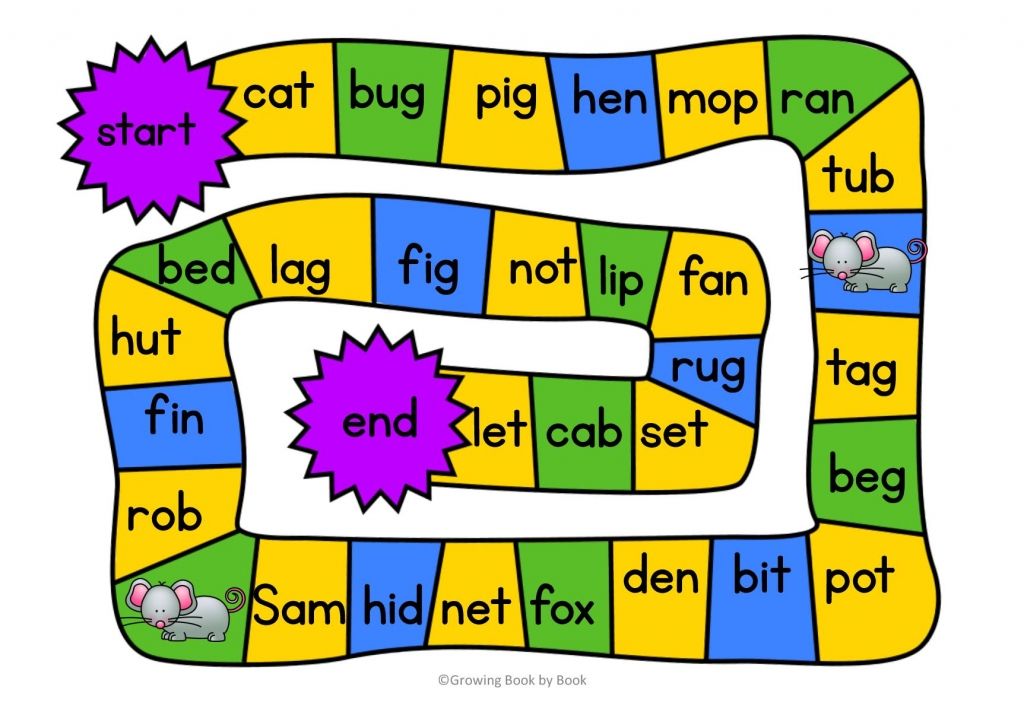
Un poisson qui nage
Doux comme une image
Est moins remuant
Qu'un poisson volant.
Gerard Bolcholier
References:
- Sorokina I. N. Work on the technique of reading on German at the initial stage of education. ISH No. 3, 2001.
- Shchepilova A. V. Communicative-cognitive approach to teaching French as a second language foreign. Moscow 2003.
- Oshchepkova T. V., Prolygina M. M. Teaching methods various types of reading. IYASH №3, 2005.
- Kamaeva T. P., Karpova L. V. Poetry at the lesson foreign language: modern approaches to learning to read. IYASH №3, 1996.
- Passov EI Foreign language lesson. Moscow, 1988.
- Kamenetskaya Yu. A. Search and find. IYASH №4, 1999.
- Pimenova O. V., Dubanova M. V. My first book for reading. St. Petersburg "Karo" 2001.
- Zolotnitskaya S.P. Exercises of a game nature.
